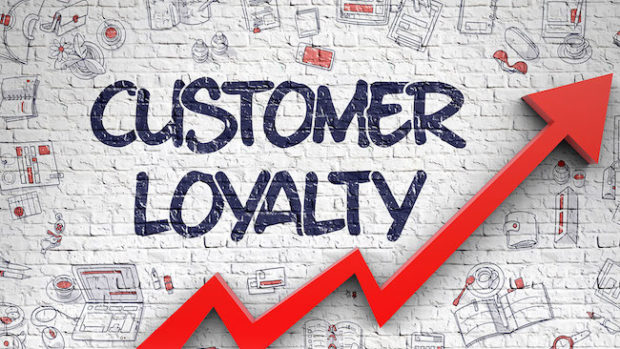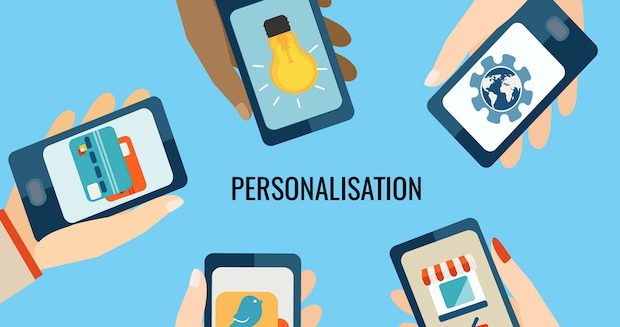Research from RetailMeNot reveals brands across Europe need to do more to meet consumer expectations if they want to capitalise on mobile opportunities
M-Commerce represents 23 per cent of e-commerce in Europe in 2015 and could reach 50 per cent by 2017. Brits have the highest mobile basket size in Europe, with an average purchase value of £47 on smartphones and £52 on tablets this year, compared to £58 on desktop or laptop computers.
For consumers, the biggest barrier to purchase is slow performance of websites on mobile (in the UK, 63 per cent of consumers cite this as the biggest barrier).
However, only 1 in 4 retailers in Europe have a mobile optimised site
Although mobile is not the main shopping channel, it plays an important role in the overall shopping journey, with 83 per cent of British smartphone users comparing prices, 69% looking for offers and promotions and 79 per cent using mobile to look for reviews
The reward for retailers is a financial one; multichannel shoppers in the UK spend 69 per cent more compared to those who shop solely on desktop/laptop (£1,734 average spend this year for multichannel shoppers vs £1,024 for those who buy exclusively on desktop/laptop)
This year 26.6 per cent of all online sales in the UK will be carried out on mobile devices as Brits embrace ‘shopping on-the-go’, according to research commissioned by RetailMeNot, the world’s largest marketplace for digital offers and owner of Vouchercodes.co.uk. The study, carried out in conjunction with the Centre for Retail Research (CRR), found that Brits are the biggest mobile shoppers in Europe, with m-commerce spend in the UK at £8.41 billion in 2014, and expected to grow by 169 per cent to £22.7 billion by 2016.
Mobile is influencing consumer habits more than ever
The constant evolution of m-commerce represents the strongest growth in the ecommerce market. Sales made on tablet devices have grown by 94 per cent this year in Europe, with sales on smartphones increasing by 70 per cent; this is compared to desktop sales which will grow by just 5 per cent in 2015. In the UK, 27 per cent of online sales this year are expected to be carried out on mobile devices (tablet and smartphone) and this figure is expected to more than double by 2017. With most mobile phone contracts now including data allowance on smartphones, the constantly-connected consumer is driving this growth. In this respect, retailers must consider how the demands of the consumer should shape mobile strategy.
Brits are after a bargain. Although Brits are spending more on mobile than ever before, research shows that the mobile channel means much more to consumers than simply acting as a purchase tool. Today, 83 per cent of British mobile users compare prices on their phone or tablet and 69 per cent to look for offers or deals before purchasing.
Mobile baskets are getting bigger. The research found that the average basket size on mobile is catching up with that of desktop sales. Although shoppers tend to make smaller purchases and spend less per transaction than those shopping on desktop, the average basket size on mobile now amounts to £49 compared to £58 on desktop in the UK and mobile shoppers tend to buy more frequently. The most popular purchases on mobile are digital downloads (32 per cent), fashion (27 per cent) and entertainment media such as books or DVDs (23 per cent).
Retailers must look to develop more mobile-centric strategies
As the evolution of mobile continues, consumers are becoming increasingly demanding in what they expect from a retailer. Retailers need to take these expectations seriously if they are to capture the potential sales on mobile.
Site optimisation on mobile is the main challenge for retailers. 63 per cent of Brits say a slow-loading site on mobile is a barrier to purchase and almost half (48 per cent) will be put off a purchase if the screen is not mobile-responsive. However, today, fewer than a third of retailers in the UK (31 per cent) claim to have a mobile-friendly website, which means that retailers risk losing a huge proportion of potential sales as consumers switch off. By having a mobile-optimized website, retailers can ensure they respond to other demands from consumers, such as providing a 360 degree view of an object or information on secure payments.
To app, or not to app? That is the question that many retailers are asking themselves. Apps have high potential for those with a very engaged user base, as an extension to their mobile site. App-users make fewer purchase (18.2 per cent of purchases in the UK), but they do spend on average 68 per cent more than non-app users, which shows the extent to which retailers can potentially benefit from a successful app strategy.
Bricks and Mortar stores need to become mobile friendly. It’s not only the website that consumers demand to become better adapted for mobile, but high street stores must align their strategy with the new consumer demands, such as checking availabilities/making reservations on mobile (40 per cent) or mobile loyalty programs (40 per cent). 43 per cent of UK consumers said they would spend more in mobile friendly stores which could bring an additional revenue of £7.8bn pounds to British high street retailers.
Consumers want personalised offers. By sending a digital offer to a mobile device, retailers can also capture significant in-store sales. In 2015, £230 billion worth of vouchers will be issued in Europe, with this figure estimated at £70 billion in the UK. This takes the total value of redeemed vouchers in Europe to £2.1 million, according to the CRR estimates. 40 per cent of Brits surveyed said they appreciate having relevant and targeted offers sent directly to their mobile device so they can then redeem this in-store. By making the move from digital commerce to brick and mortar sales sleeker for both the merchant and consumer, retailers will hear the ring of the tills.
Giulio Montemagno, SVP & GM International, RetailMeNot says,
“Doubling down focus and investments in mobile commerce is more important than ever for retailers: research shows that providing a great mobile experience is a highly effective way to generate customer loyalty. The development of m-commerce is not simply a technology development, but a secular change in the consumers’ consumption patterns and therefore should be a change in any retailer’s mindset.”
Mobile devices have become an ever more important part in the discovery phase of shopping and retailers who do not adapt their services risk losing out to more innovative competitors. If the biggest barrier for consumers is the unsatisfactory performance of mobile sites, this presents a huge opportunity for retailers to integrate mobile into their strategy and see mobile sales boom. Consumers already feel more confident with the idea of buying on mobile this year than they did in 2014; we must keep the momentum and continue to adapt in step with consumers, rather than simply following them.”








Share